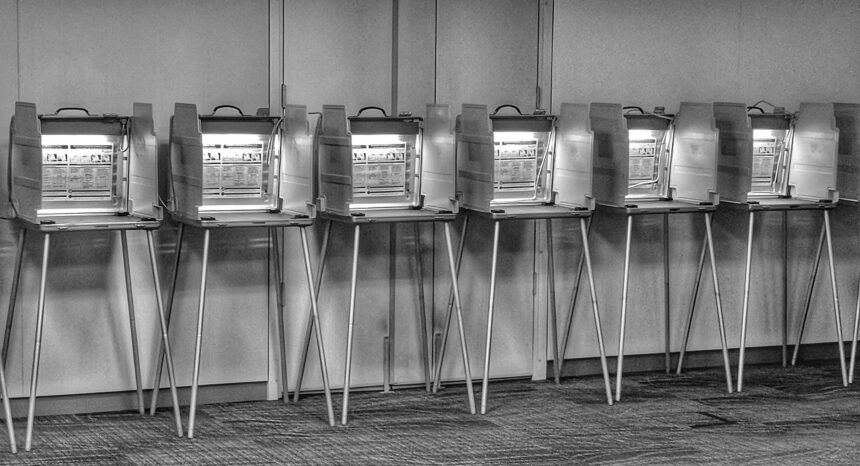Election Day has arrived, but the work of journalists covering the 2024 U.S. election is not over. Reporting on election night results may be the most pivotal task of the entire campaign season. This year’s election underscores a deeply polarized, potentially volatile electorate. How the vote returns are covered could profoundly influence the public’s reaction. Everything from the perceived legitimacy of the election to the public’s understanding of the voting process could rest on how reporters present the returns. Transparency, accuracy and restraint should be the guiding principles.
1. Emphasize the preliminary nature of results.
In several key states, including Pennsylvania, mail-in ballots aren’t counted until Election Day, meaning results may take days to finalize. Journalists should emphasize that these numbers are incomplete and that the race may shift as more ballots are counted. Repeatedly reinforcing that the count is ongoing helps to set realistic expectations and prevent premature conclusions.
For more information, see this interactive timeline from The Journalist’s Resource, which shows when each state can start processing advance ballots.
2. Explain the reasons for counting delays.
Delays in the reporting of vote returns often prompt frustration or suspicion, but they are a normal part of modern elections. High volumes of absentee ballots, differences in community sizes, and varying state protocols all affect counting speed. Explaining these factors helps counter any unfounded claims of irregularities and emphasizes that accuracy, not speed, is the priority.
For more information, see the article “Voters Distrust Delayed Election Results, but a Prebunking Message Innoculates Against Distrust,” published last month in PNAS Nexus.
3. Avoid premature projections.
Projecting winners based on partial returns can mislead viewers, especially with the rise in early and mail-in voting, which may skew initial counts. Early returns often reflect certain geographic or demographic segments before others, and different voting methods may favor one party or the other. Journalists should emphasize the variability of early numbers and avoid making calls that could later prove inaccurate.
For more information, watch a video recording of the recent webinar “How The Associated Press Calls Elections.”
4. Rely on experts and real-time fact-checking.
Expert commentators—especially on issues like election law, statistics, and regional voting patterns—add credibility and can help viewers interpret complex information without the appearance of bias. Real-time fact-checking is also essential to counter misinformation as it arises, helping to ensure that viewers receive accurate information despite the fast pace of Election Night.
For more information, see the live fact-checking of 2024 Election Day misinformation from PolitiFact.
5. Don’t allow the narrative to be hijacked.
Sensational or unsubstantiated claims of “fraud” or “rigged” elections may emerge early in the vote count. Research shows that even hearing these claims, even if they are immediately countered, can make them appear more credible. Journalists should use discretion and avoid giving a platform to baseless allegations. While this approach might invite criticism, it’s a responsible choice that prioritizes the truth over amplifying misinformation.
For more information, see “The Myth of Voter Fraud” project from the Brennan Center for Justice.
6. Celebrate the democratic process.
While Election Night is naturally centered on winning and losing, it’s also a critical opportunity to highlight the democratic process. By showcasing high voter turnout, the diligent efforts of election workers and the security measures in place, news outlets can foster respect for the electoral process. This kind of coverage reminds viewers that elections are not just about the outcome but about the strength and resilience of democracy.
For more information, see the collection of election reporting resources published by The Journalist’s Resource in 2024.


Expert Commentary